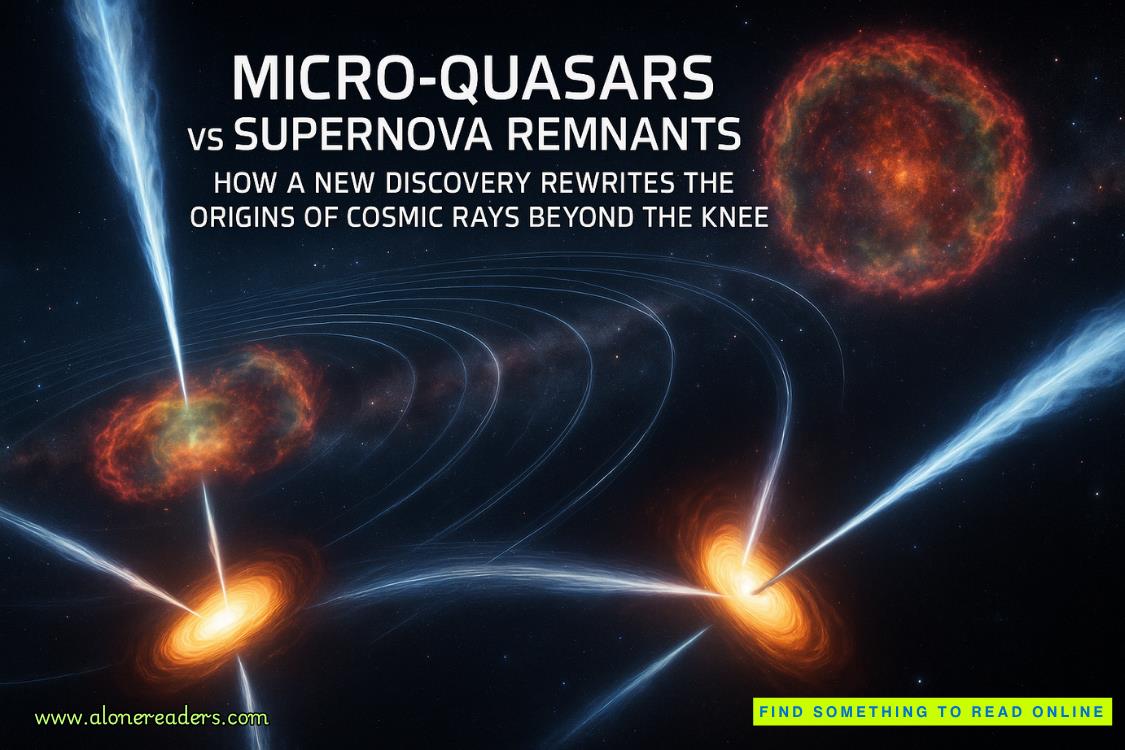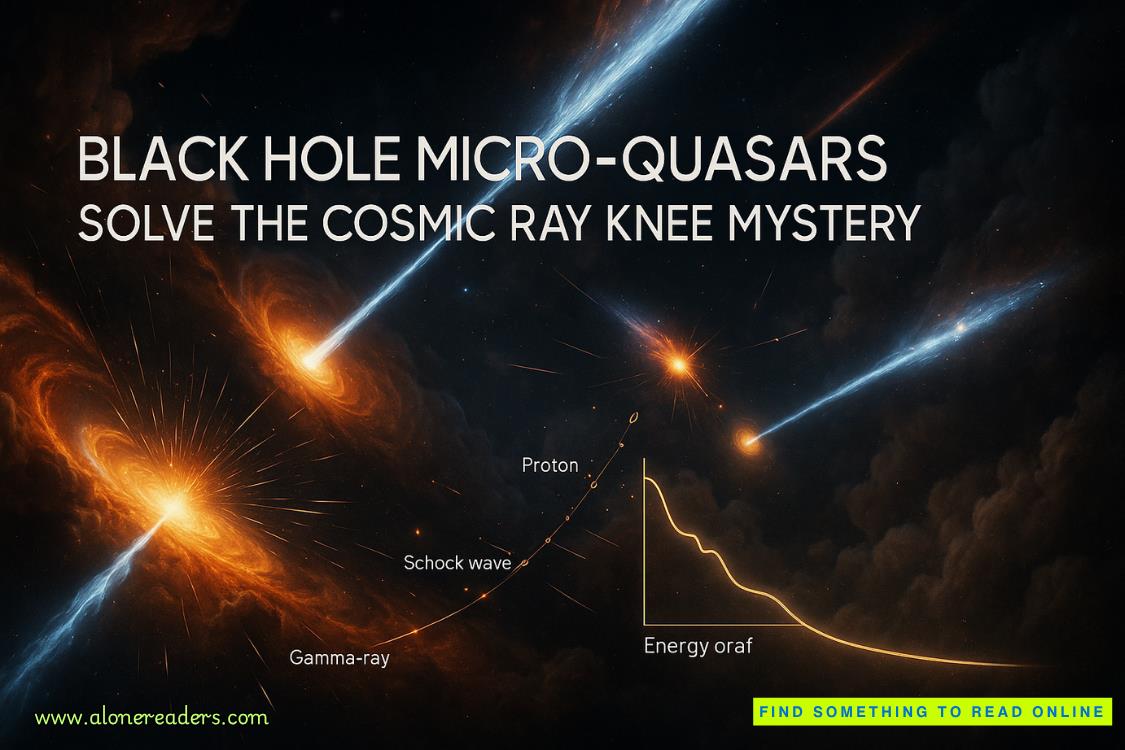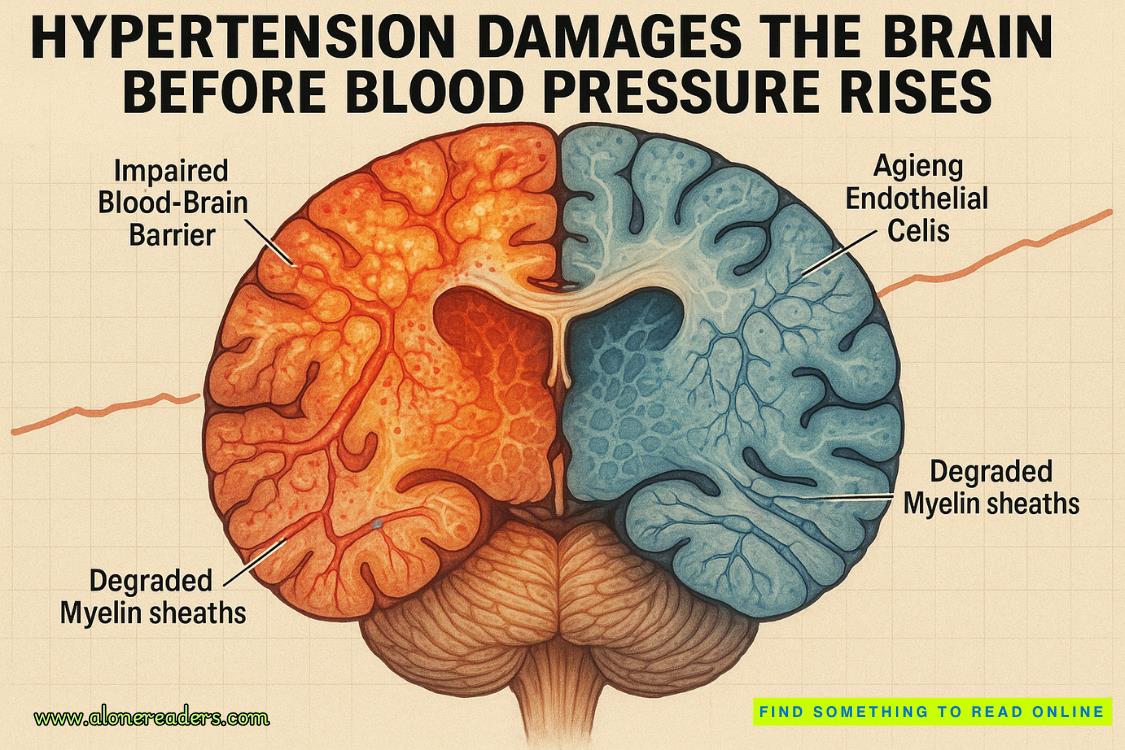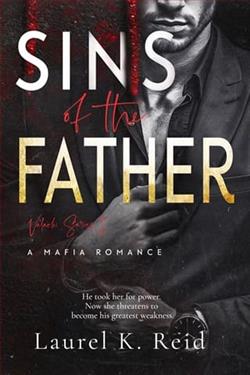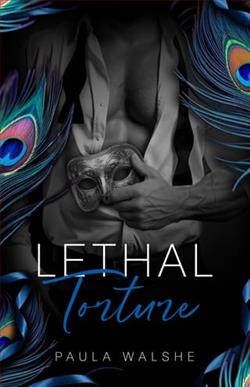Page 41 of The Angel Maker
The book he had taken from Alan’s private room.
It might have been out of sight right now, but he could feel the throb of it anyway—it was as though the thing had a pulse or was somehow breathing. It seemed like the thought of it made the sun disappear behind the clouds.
What are we going to do?
He didn’t know.
And then the phone Alan Hobbes had given him began to ring.
Fifteen
When Laurence was a child, he had learned how to draw a maze.
While they had arrived in the country with little, his father had gradually accumulated a library’s worth of books and encouraged his son to read whatever he fancied. Many had been too dense and esoteric for a child—although that had not stopped him attempting them—but there had been one particular book, an old tome on mysteries and ancient civilizations, that he had always loved, and he had found the method for drawing a maze concealed in there.
You started by drawing a cross. You added a dot in each of the four open squares that created, and then a curve on the top, like the end of a shepherd’s crook. Finally, you drew a series of curling lines that ran around the whole shape, joining this dot up to that point of the cross, and so on. The lines became increasingly complicated, weaving between others, but were always guided by the endpoint they were curving inexorably toward. If you followed the instructions carefully, you created a simple maze.
As a child, that had felt like magic.
It was only when he was older that he had realized it wasn’t apropermaze. Because there was no way of going wrong or losing your way. There were no choices to be made. No possibility of making a mistake. It offered the illusion of complexity at first glance, but in reality it was simply a single path that swirled elaborately around, turning bewilderingly back and forth on itself, before ending inevitably at the center.
Talking to Professor Nelson had brought that memory closer to the surface, and he was reminded of it properly a short while later, as he drove through the network of streets around Saint William’s Church.
From above, he imagined this leafy suburb would look like one of those mazes. A single road led in, then coiled around between endless rows of expensive retirement bungalows and detached family homes. The neat grass verges were dotted with apple trees, and every hedge in sight was carefully trimmed. Everything was tranquil and quiet, the atmosphere outside the car almost soporific. It made it easy not to notice that there were few turnings on this road at all, and that it led almost inescapably to the church at its heart.
Upon reaching it, Laurence parked up on the curb and then walked up the wide driveway. Saint William’s loomed overhead, the brickwork brown and clean, and the colors in the stained glass windows so bright and vivid that it was as though light was somehow streaming out from inside.
At the top, a black hearse was parked, a smaller car beside it. The entrance to the church was an enormous arched doorway that reminded him of the entrance to Hobbes’s mansion. One of the doors was open, and the sound of organ music drifted out. He stepped inside, then followed the trail of music down a short corridor and into the main body of the church. The vaulted ceiling was supported by massive stone columns above rows of wide pews. The air smelled of dust and wood, and a hint of wax from the racks of flickering candles that lined the walls.
In the far corner, an ancient man was working away slowly behind the vast brass pipes of an organ, his thin shoulders rolling along with the solemn music. Two men were before the altar. A priest, who was standing straight and formal, listening attentively, and Richard Gaunt. The lawyer was holding a clipboard and talking quietly.
Laurence coughed loudly.
The sound echoed around the church. The man at the organ continued playing, but Gaunt and the priest looked up. And was the lawyer startledto see him? Laurence wasn’t sure. He had called the man’s office after leaving the philosophy department and been told he would find him here. It was official business, apparently, and so it wasn’t like Gaunt was hiding from him. And yet from the expression on his face, it would be easy to believe he had been.
Laurence nodded and gestured behind, and then walked back out of the church without waiting to see if the lawyer would follow. Perhaps he would make a show of turning a few more pages on his clipboard first in order to refute any suggestion he had been summoned. In the meantime, Laurence stepped back out into the light, and then followed a path that led to the rear of the church.
He found himself on the edge of a graveyard. An area of grass the size of a small field lay ahead of him. The ground was uneven, and so the mass of headstones stuck up at odd angles, like teeth grown crooked out of the earth. There was nobody else in sight, although a rusted yellow digger was parked, still and silent, by a hollowed-out plot.
Laurence made his way between the headstones.
When he reached the open grave, he peered in. The hole was deep, the cut ends of roots emerging from the surrounding soil. Which he found curious. Looking around, there were no trees nearby. It was as though the tendrils were reaching out from the graves to the side.
Laurence stepped to the right and looked at the stone.
CHARLOTTEMARYHOBBES
AUGUST9, 1952–JUNE29, 1985
SLEEPWELL, BELOVEDWIFE
And then the one beside it.
JOSHUACHARLESHOBBES
June 29, 1985–April 13, 1986
SLEEPWELL, BELOVEDSON





